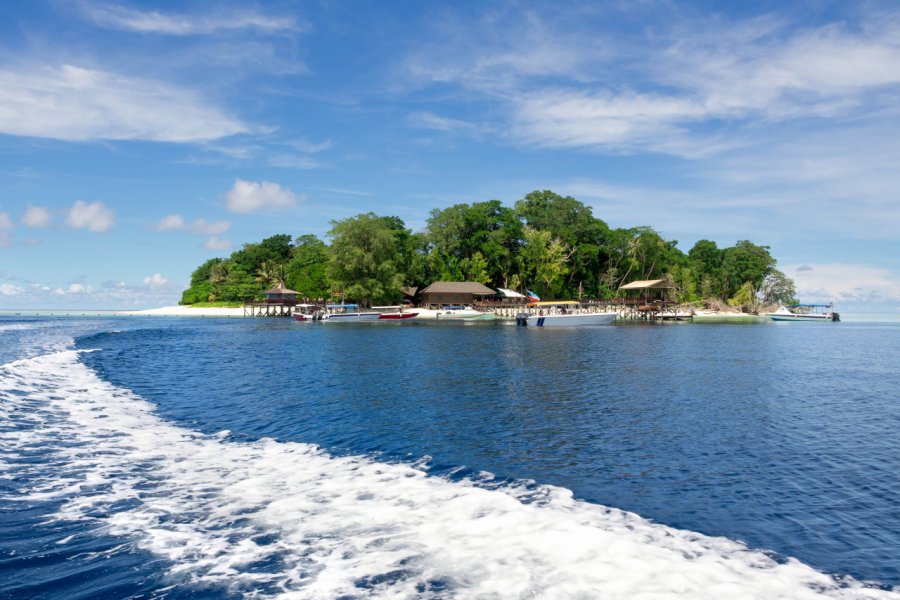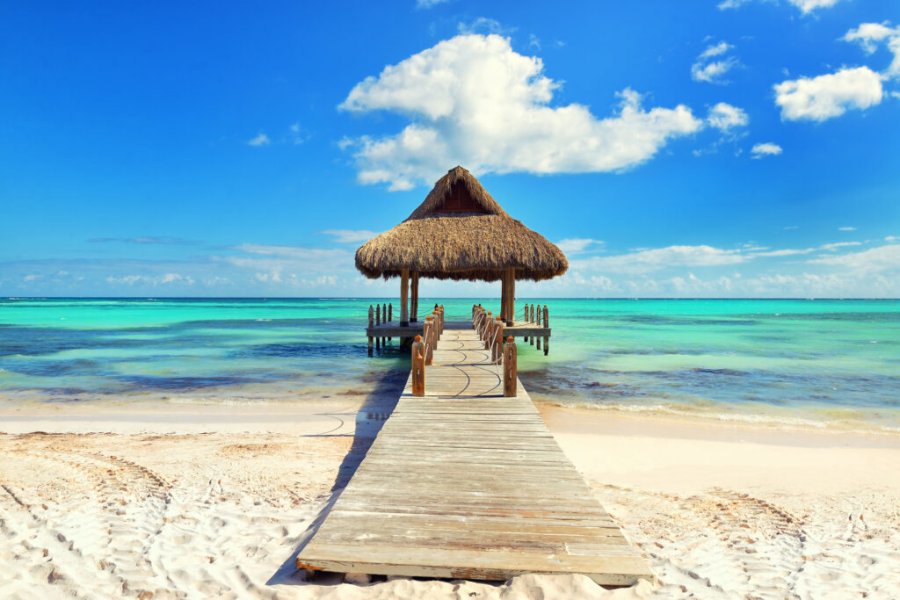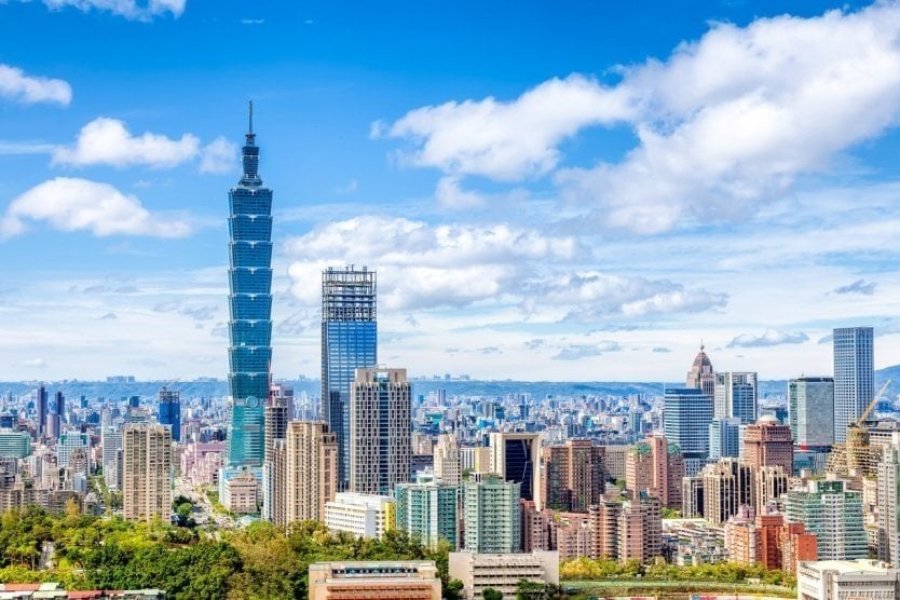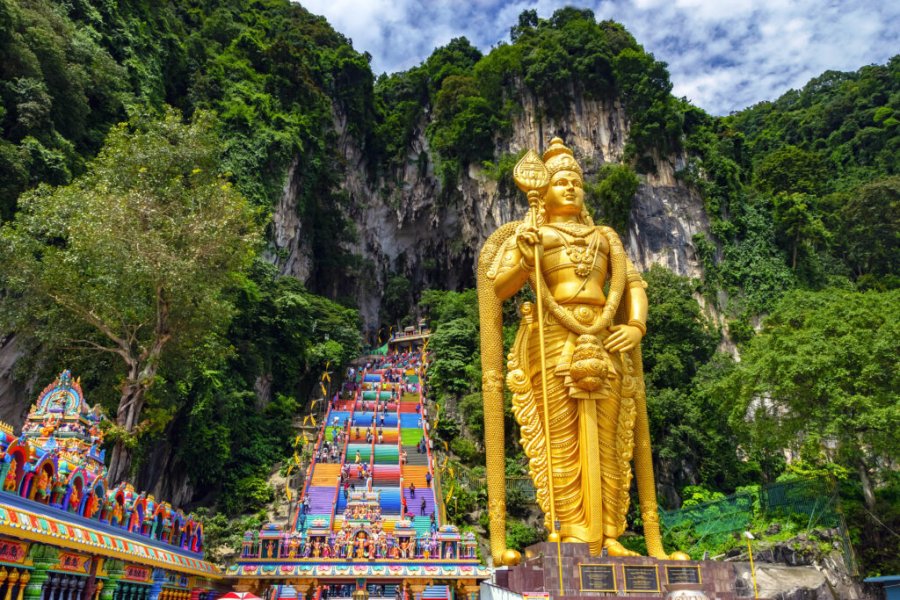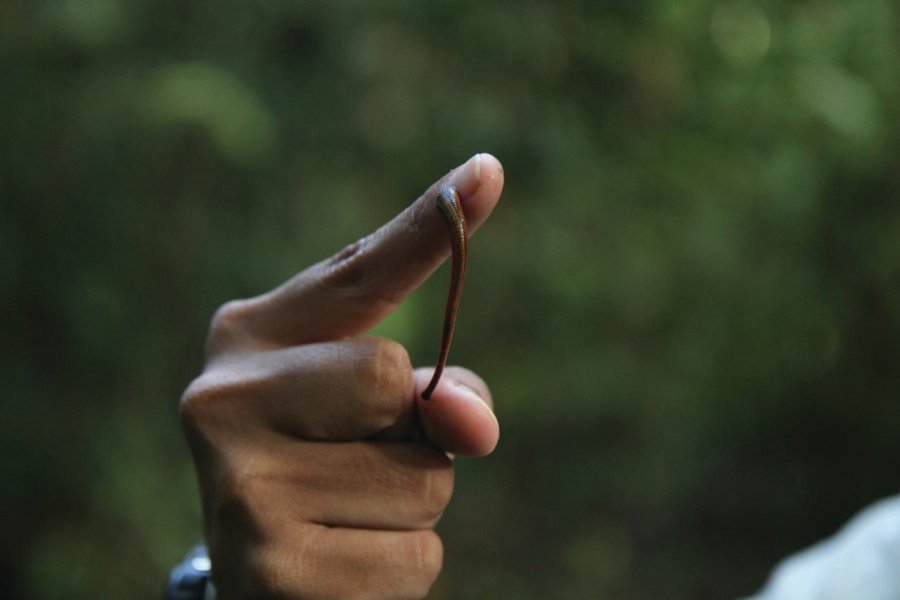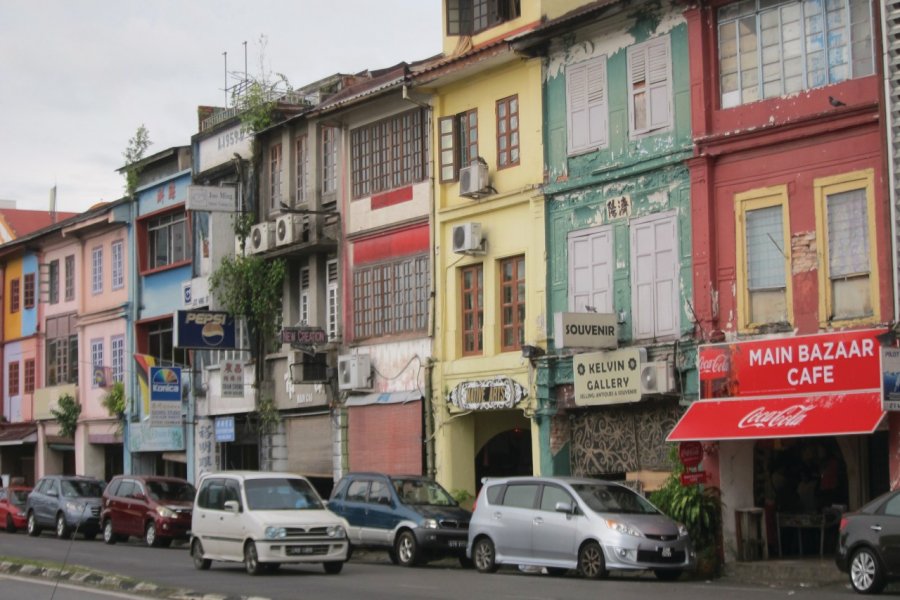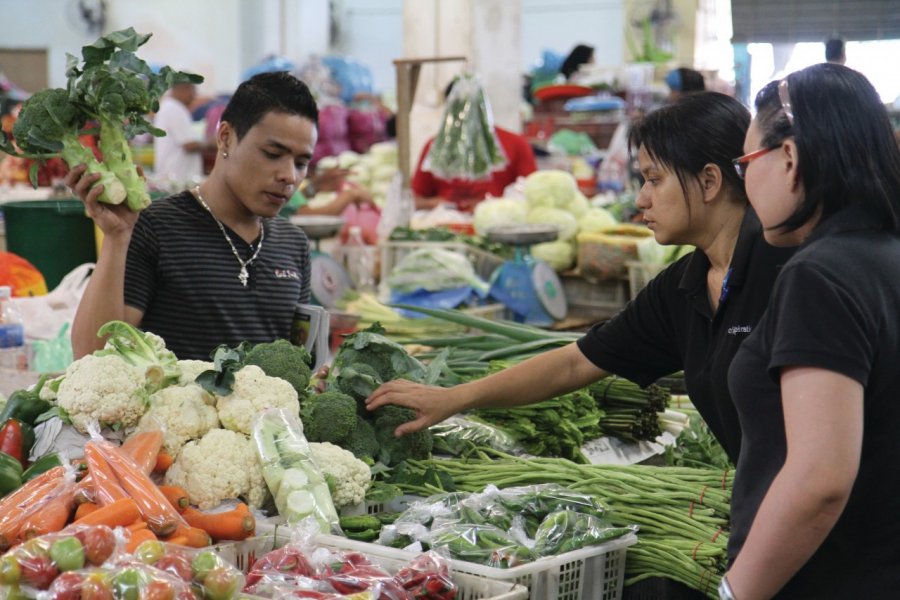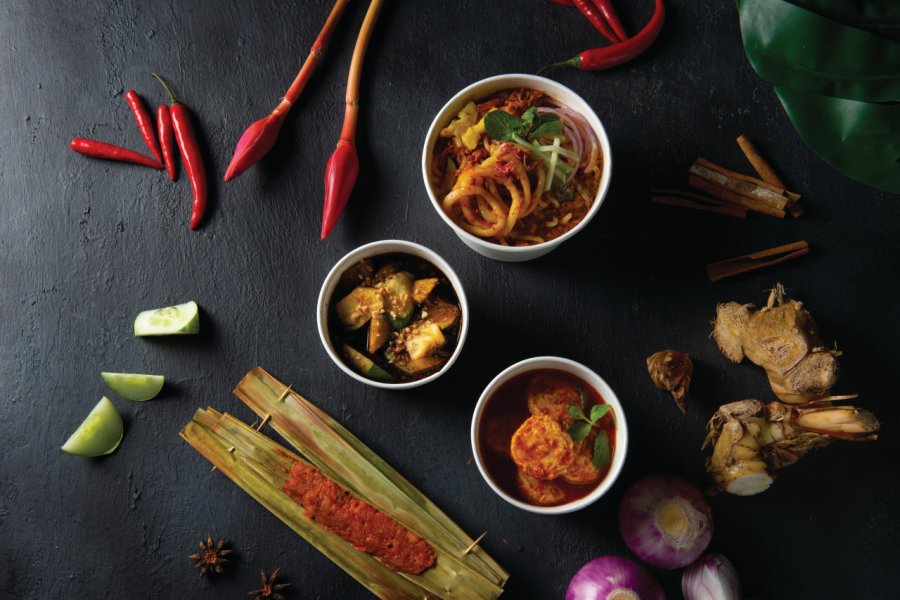Travel guide Malaysia
Malaysia presents an incredible mixture of cultures and a panel of very varied landscapes. Influenced by the Malay, Indian and Chinese cultures, but also Arab and Western, Malaysia is indeed a melting pot that one notices as soon as one arrives in Kuala Lumpur. Traveling in Malaysia means discovering a multiplicity of languages, a great religious tolerance and a really varied cuisine which testifies to the cultural richness of this society. Another undeniable asset of this Asian country: the landscapes, those that a multi-millennial nature knew how to shape: a fascinating jungle, impressive tropical forests, theisland of Borneo where live the famous orangutans, without forgetting the paradisiacal island of Sipadan... To grasp the multiple facets of this country, a tourist guide on Malaysia will not be too much!
What to see, what to do Malaysia?
-
Book an activity
-
Customized travel
- The most beautiful cities Malaysia
When to go Malaysia ?
When to go to Malaysia? You can travel to Malaysia all year round! The rainy season, from October to April, does not cause excessive rainfall. Between November and January, however, avoid the east coast as it is experiencing a strong monsoon. It should also be noted that the country is slowed down during Ramadan, and it can be tedious to travel during this period because services are slow. Attendance at tourist attractions in Peninsular Malaysia is highly dependent on the holidays of the local population and Singaporeans: thus, as soon as there is a holiday in Malaysia or Singapore, resorts are filled with Malaysian and Singaporean tourists. If you go to Malaysia during the Chinese New Year, especially Hari Raya and Christmas (high season), it can be difficult to find accommodation in the most touristic places. You will obviously meet more Western tourists during the holiday periods (May to September).
Suggested addresses Malaysia
Travel Malaysia
-
Find a hotel
-
Car Rental
-
International e-SIM package
-
Find a local agency
Malaysia is one of those countries that has everything to offer. Depending on your desires and interests, the time you have available and the period, you can only come back enchanted. Culture, nature, city, countryside or beach, lazing around, diving or hiking, shopping... there is something for everyone. Those in a hurry will roam the peninsula which concentrates all the pleasures with modern and comfortable infrastructures. The more adventurous will go and taste the jungle and salt water of Borneo. This is where nature is at its most authentic and beautiful, and where you can enjoy the wildlife at its best. Those who have the time, will enjoy both regions by alternating the pleasures. In any case, it takes at least 10 days on the spot to apprehend the country.
Find unique Stay Offers with our Partners
How to go Malaysia
How to go alone
Malaysia is a safe country, but beware of snatchings in cities and tourist sites. The state of Sabah, on the island of Borneo, and especially its eastern part, presents risks of insecurity and kidnapping. Do not joke about transporting and using drugs. Any violation of the law can result in a death sentence, including for tourists. And the authorities do not distinguish between soft and hard drugs...
How to go on a tour
A tour of at least three weeks to one month is necessary to discover the Malaysian peninsula. The same duration can be devoted to the discovery of Borneo. But a short stay in Borneo can be considered (3 days to climb Mount Kinabalu, 3 days diving in Sipadan or 3 days to the Sultanate of Brunei), combined with a visit to the peninsula. Many agencies also offer a combined Malaysia/Singapore tour.
How to get around
Within the country, Malaysia is well served by air and you can get reduced fares by booking in advance. National buses allow to travel long distances and for cheap but accidents are not rare... It is better to opt for private buses or shared cabs. Trains are modern but slow and limited to two main lines. As for boats, they make connections between the Malay Peninsula and the neighboring islands but not with Borneo.
Featured articles Malaysia
Discover Malaysia
Less frequented by the French than its Thai neighbor, Malaysia nonetheless abounds in treasures to discover. With a privileged position on the trade map since the 2nd century, this country was the crossroads of multiple influences long before European colonization. The result is a rich and complex cultural mosaic that this chapter invites you to explore through its history, economic dynamism, gastronomy, artistic expression and geographical particularities. This destination appeals to both culture buffs and nature lovers, with its impressive number of national parks. The orangutan, a critically endangered species, is the undisputed emblem of Borneo. The Sipadan seabed, off the coast of Sabah, is also remarkably well-preserved, constituting an ecological marvel that attracts divers from all over the world.
Pictures and images Malaysia
The 12 keywords Malaysia
1. #Dayak
The term refers generically to the indigenous people of Borneo. It encompasses nearly 200 ethnic and sub-ethnic groups. The most numerous are the Iban, a tribe where the heads of their enemies were still cut off after the country's independence. It is not uncommon to see dusty skulls hanging from the beams of the longhouses.
2. #Durian

This fruit is the subject of endless debates between Asian and Western populations. Put of choice for the first, it is simply repulsive for the second. When mature, it has a very unpleasant smell. Its creamy texture reveals very acidulous, even sour notes. Infect or succulent? It's up to you.
3. #Goreng

If you had to remember just one word in Malay, this is it. It's on every restaurant menu. And with good reason: it means "fried". Noodles(mee), rice(nasi), fish(ikan), shrimp(udang), chicken(ayam), no food escapes it. Frying is preferably done in palm oil, which is mass-produced in the country.
4. #Hawker
Literally this English term means "peddler, hawker". It is pronounced hôkeur by aspiring the h. In Malaysia, it designates street cooks. Equipped with a walking cart, they cook right on the sidewalk, often at a fixed location. They are the ones who liven up the night markets by stir-frying noodles and rice.
5. #Kampung

Welcome to the Malaysian countryside. Kampung is never just a village, a collection of houses. The term, which is widely used, refers to the origins of a family, to its cradle. You will see it on road signs, often reduced to its diminutive "Kg". It almost always precedes the name of the town or district in a city.
6. #Merdeka
The word means "independence" in Malaysian. Every city has its own dataran merdeka, its Independence Square. They commemorate the struggle against colonialism and underline the strong sense of belonging to the Malaysian nation. The symbol of independence is an indispensable social cement in a tormented society.
7. #O
This simple letter will give you a black coffee. Traditionally, coffee is cut with milk. The "o" is pronounced very openly, launched from the back of the throat. If you want your coffee strong, ask for "kau kau". Coffee is considered a veritable art of living, which is perpetuated at kopitiam, the local café.
8. #Peranakan
This unique culture comes from the meeting of the Chinese and Malay communities. They are the descendants of the first Chinese immigrants who came between the 15th and 17th centuries and married Malaysian women. The result of this crossbreeding is particularly present in Penang and Malacca through architecture, clothing and cuisine.
9. #Pasar malam
No city without its night market. The Malaysians wander among the street vendors and take the opportunity to have dinner. They sell clothes, gadgets, everything and nothing. These markets are set up every evening in pedestrianised streets or in dedicated halls. They allow you to eat for a few ringgits and enjoy a lively atmosphere.
10. #Petronas Tours
These unmistakable towers and their pointed points (431 m high) are particularly spectacular at night. Designed by New York architect Cesar Pelli, they illuminate the capital and are the majestic representatives of the economic success of the eponymous oil group. They were once the highest towers in the world.
11. #Pisang

The term means "banana". It's eaten just peeled, but also fried. There are more than 16 different varieties, including wild ones that are found abundantly in the jungle. The market stalls are full of these green or yellow or even pink fruits. The best ones to enjoy on the go are the smaller, sweeter and softer ones.
12. #Selamat
You will see this word everywhere, at the entrance of cities, airports. You will also hear it every time you are greeted. It can be translated as "good", in the sense of bliss. Followed by datang, it means "welcome". Accompanied by the term jalan, it invites you to take a good road or a good trip. With the word pagi, he says hello.
You are from here, if...
You shake the other person'shand to say hello, then lift it to your heart. Some women may prefer to nod or smile. In all cases, wait for them to make the first gesture. Kissing is rarely practiced, so it's best to do 3.
You remove your shoes before entering people's homes or temples. For this reason, it's easier to walk around in flip-flops. Keep your sneakers for hiking. If in doubt, look before you enter a doorway. If there are already shoes or a storage shelf, the signal is clear.
You eat with your right hand. Eating with the right hand is a rare occurrence, but the tradition is carried on in the countryside. The left hand is devoted to impure tasks and you would shock your hosts by using it.
Avoid talking politics. The subject is hot and very sensitive. Elude the subject if ever you are taken to task.

